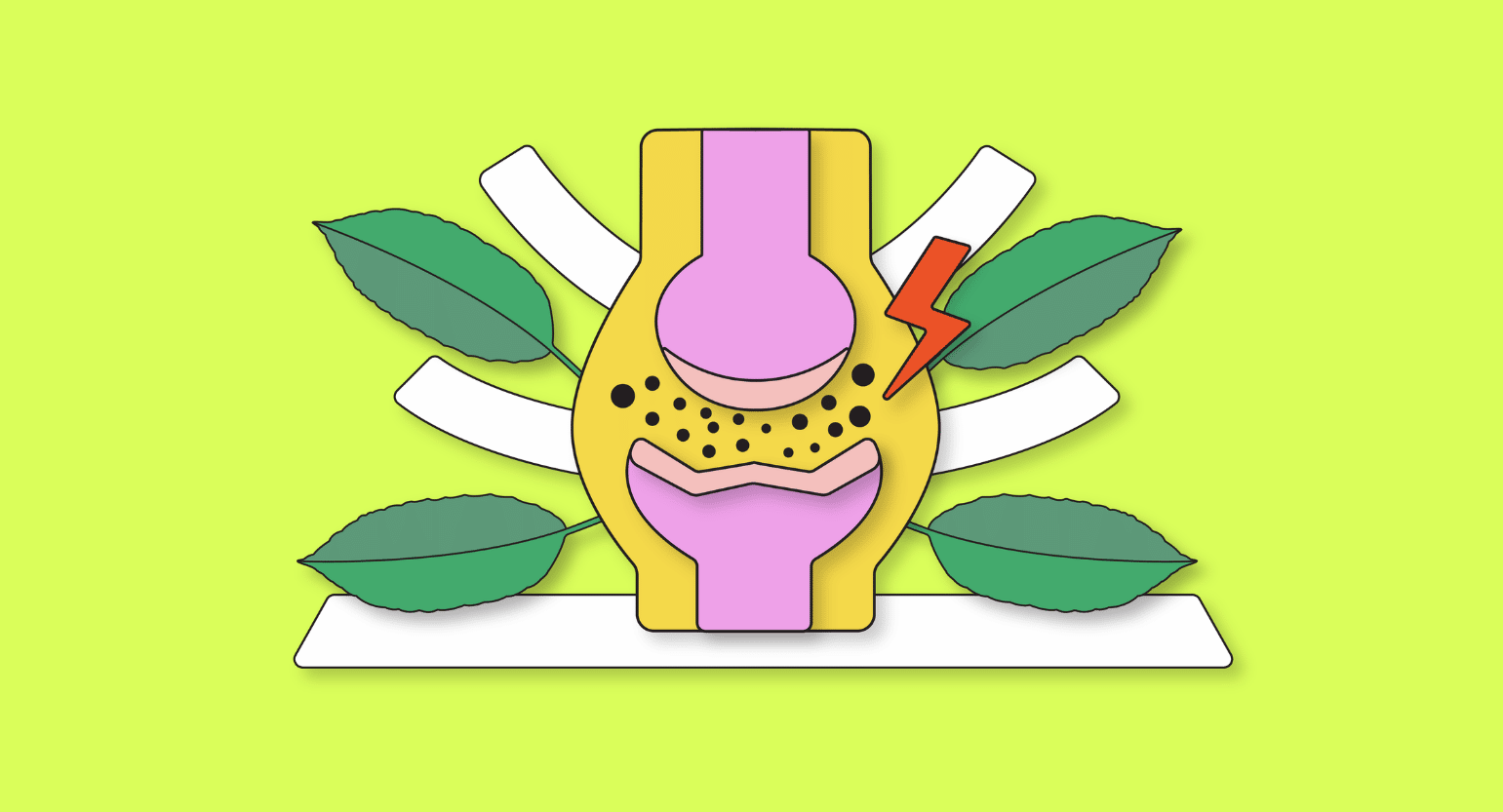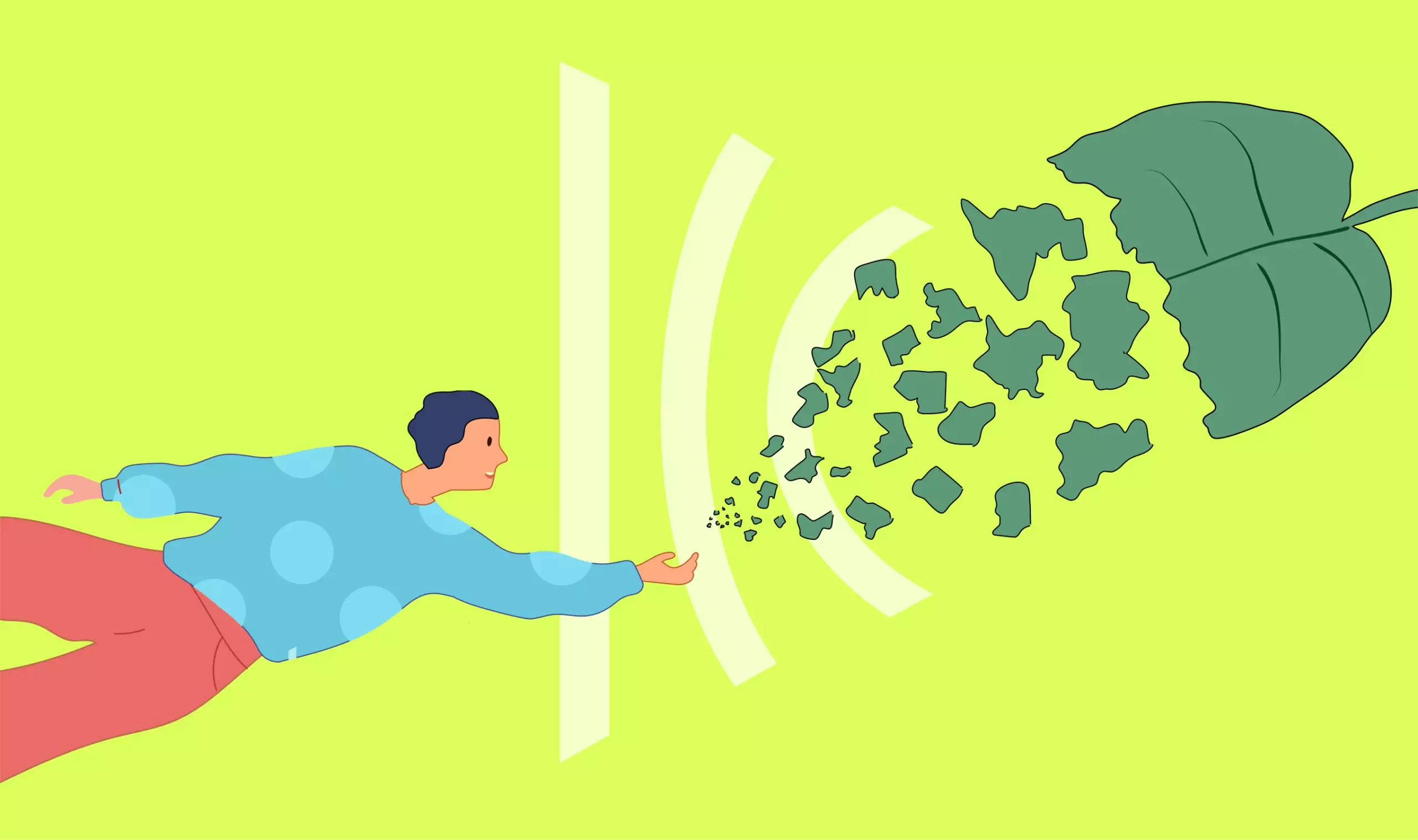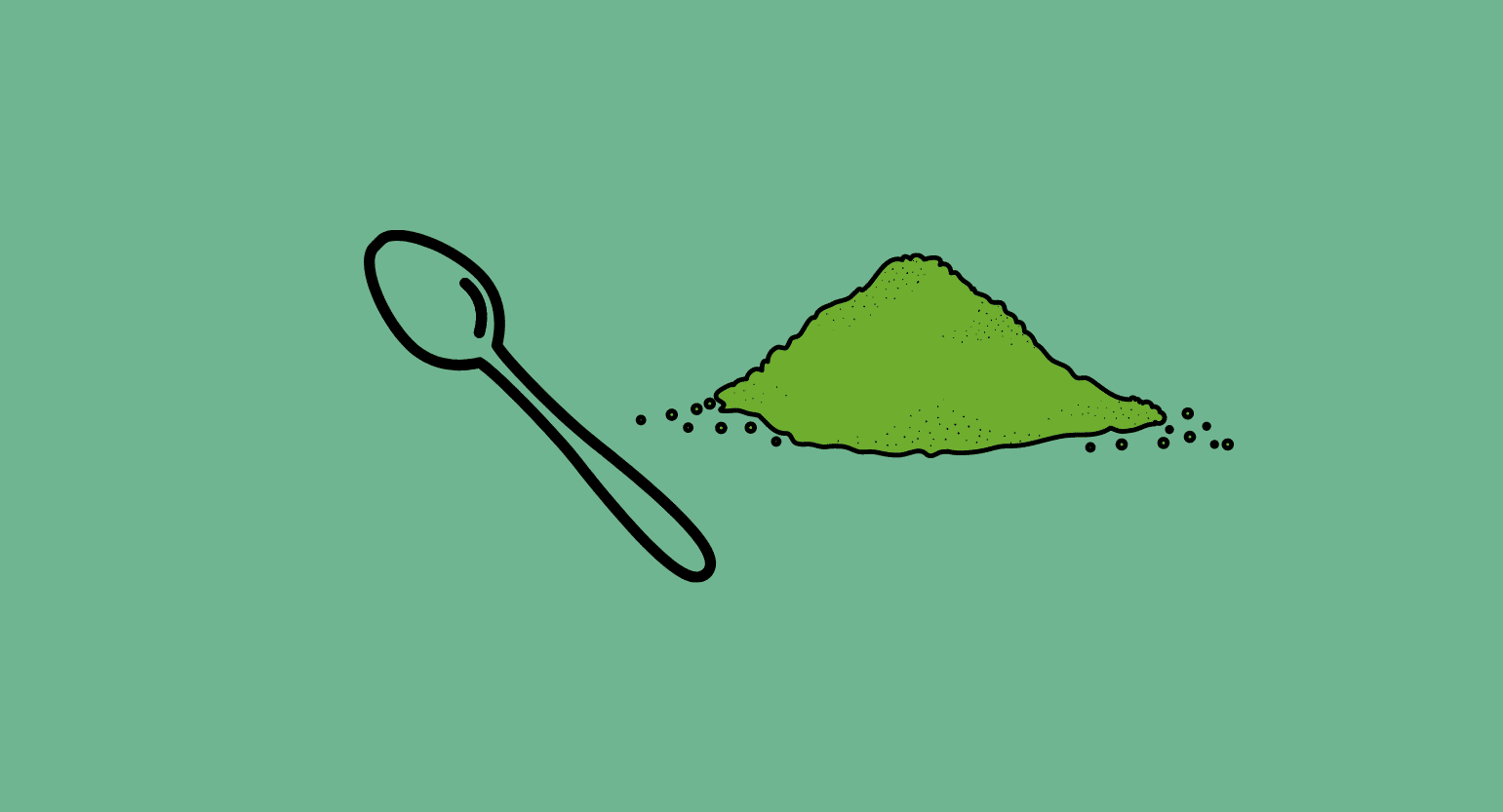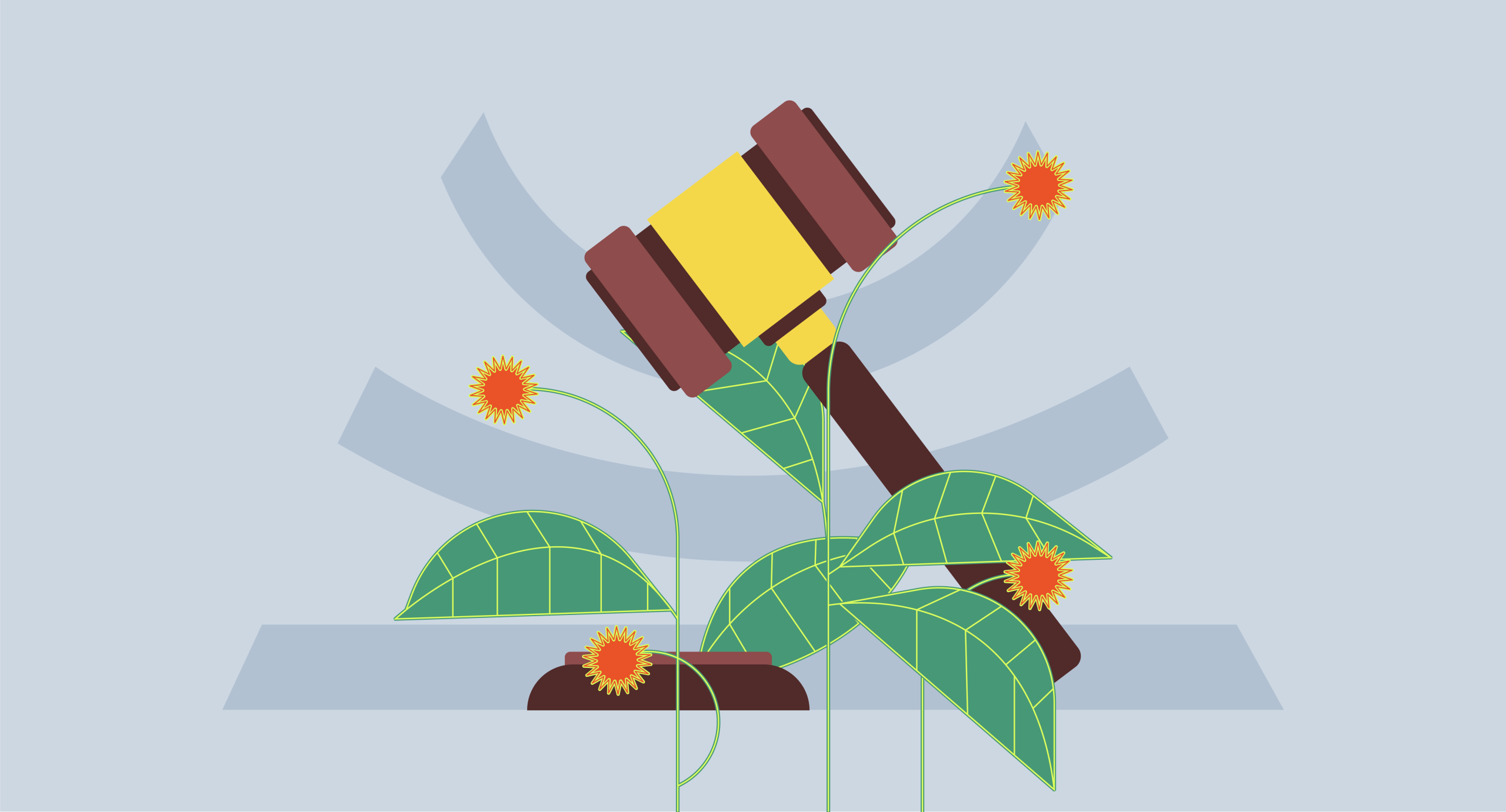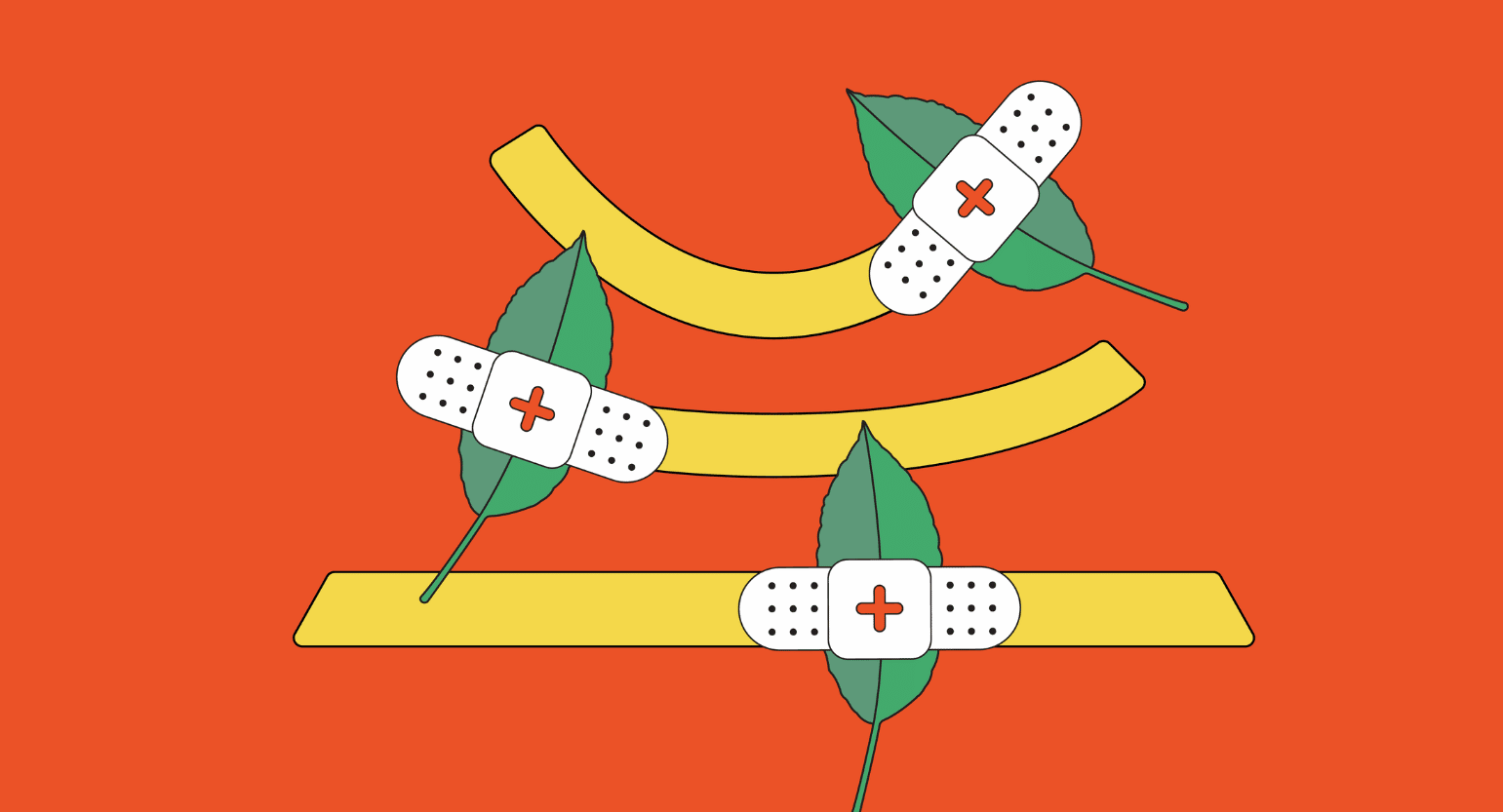Does Kratom Interact With Ashwagandha (KSM-66)?
Kratom can interact indirectly with ashwagandha. Their interaction is considered mild.
Their interaction is considered mild but varies according to the dosage taken, especially if used for a long time.
Before combining kratom and ashwagandha, always seek advice from your physician.
The interaction between kratom and ashwagandha can take two forms:
Kratom Can Increase Ashwagandha’s Effects (Agonistic Interaction)
Kratom and ashwagandha can have an agonistic interaction. A low dose of both of these drugs can help provide better relief from anxiety. However, larger amounts can enhance both their side effects, causing symptoms like drowsiness. This could be dangerous while doing activities that need you to be completely awake and have total concentration.
When two substances have similar effects on the body, they’re said to have agonistic interaction with each other. These products may work on different or the same receptors, but the end effect they produce may be the same.
Ashwagandha possesses anxiolytic effects [1]. Its adaptogenic and stress-relieving properties are highly sought after and are very effective [4]. It can also work as a sedative and hypnotic and helps induce sleep.
The compounds found in kratom, mitragynine, and 7-hydroxymitragynine, are indole alkaloids [2]. They are responsible for kratom’s actions, which are similar to opioids. This property effectively treats pain, anxiety, depression, and insomnia.
Both ashwagandha and kratom have similar anxiolytic and sleep-inducing actions. So taking them together can cause an increase in their effectiveness, which could become dangerous as both produce excessive drowsiness. Avoid these problems by combining tiny doses of both medications for a short period and not using them simultaneously.
Kratom May Slow Down Ashwagandha’s Metabolism (Metabolic Competition)
There is very little chance of direct metabolic interaction between agmatine and kratom. However, ashwagandha may speed up kratom’s metabolization.
While the exact process of metabolism of ashwagandha is not clearly understood, it can induce CYP3A4 and inhibit CYP2B6 in the body [3].
On the other hand, kratom breaks down by the liver’s cytochrome enzymes CYP3A4, CYP2D6, and CYP2C9 [8].
So while they may not have direct competition, ashwagandha’s ability to induce the CYP3A4 enzyme may cause a faster metabolism of kratom, causing a quicker elimination. This may also lead to kratom lasting for a shorter time in the body, making it less effective.

Kratom & Ashwagandha (KSM-66) Interactions
Ashwagandha is classified as an adaptogen herb, which means it aids in promoting homeostasis and stabilizing physiological processes.
Other adaptogens can interact with kratom and might have a similar level of risk.
Other adaptogens that kratom may interact with include:
- Cordyceps
- Eleuthero
- Ginseng
Is it Safe to Take Kratom With Ashwagandha (KSM-66)?
Kratom and ashwagandha can have indirect, mild interactions when consumed together. They are relatively safe to consume together in small amounts and for a short time. Ashwagandha can help increase the relaxing and anxiolytic properties of kratom.
Long-term use of both medications or at high doses, on the other hand, may result in more potent effects and some undesirable side effects.
As a result, only take these medications after consulting with your physician. Never initiate them on your own. If you experience any odd side effects, seek medical help right away.
What is Ashwagandha (KSM-66)?
Ashwagandha is a medicine extracted from a plant called Withania somnifera and has a long history of being used in traditional eastern medicine. It’s a shrub with yellow flowers, native to India and Southeast Asia. The plant’s roots or leaves are used to make extracts or powders that help several ailments, including anxiety and infertility.
Ashwagandha is also an adaptogen, meaning it can help counteract the effects of stress in the body. It can aid in correcting hormone imbalances, the restoration or balancing of energy levels, and the improvement of cognition, etc.
Ashwagandha (KSM-66) Details & Specifications:
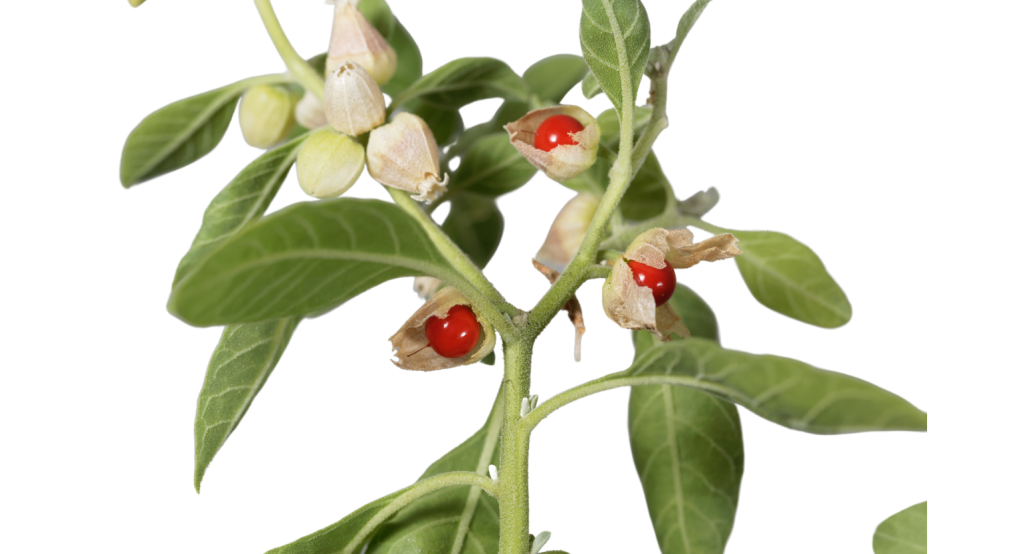
| Drug Name | Ashwagandha |
| Trade Name | KSM-66, Garden Of Life Ashwagandha, Goli Nutrition Ashwagandha Gummies, Nootropics Depot Shoden, Toniiq Ashwagandha, Tribe Organic Ashwagandha |
| Classification | Adaptogen |
| CYP Metabolism | Not specified |
| Interaction With Kratom | Agonistic and metabolic competition |
| Risk of Interaction | Mild |
What is Ashwagandha (KSM-66) Used For?
Ashwagandha is being studied for several indications. Some of these are:
May Aid in the Reduction of Stress & Anxiety
Ashwagandha is primarily known for its stress-relieving properties.
It’s an adaptogen, which is a chemical that helps the body deal with stress. Its stress-relieving effects may occur via its moderating effect on the hypothalamus-pituitary-adrenal axis, a stress-regulating system in the body. Ashwagandha intake also reduces cortisol levels, the stress hormone [4].
Ashwagandha also helps manage heat shock proteins (Hsp70) and stress-activated c-Jun N-terminal protein kinase [1]. This further helps to relieve anxiety and stress.
Improve Athletic Performance
Ashwagandha can boost athletic performance; therefore, it could be a valuable supplement for athletes.
The findings imply that the plant can improve physical performance, such as strength and oxygen consumption during exercise.
In one study, ashwagandha significantly increased maximum oxygen consumption (VO2 max) in healthy adults and athletes [5].
The maximum amount of oxygen a person can consume during strenuous exertion is known as VO2 max.
Ashwagandha can improve this in athletes, allowing them to perform better.
Depression & Insomnia
Ashwagandha may help to decrease symptoms of depression and insomnia [6]. This drug may modulate the hypothalamic-pituitary-adrenal and sympathetic-adrenal-medullary axes and GABAergic and serotonergic pathways to alleviate these symptoms.
Increase Testosterone Levels
Ashwagandha can increase testosterone levels in men.
In one study, ashwagandha was linked to an 18% increase in DHEA-S, a sex hormone involved in the manufacture of testosterone [7].
In addition, those who took the herb showed a 14.7% higher increase in testosterone than those who took the placebo.
What’s the Dose of Ashwagandha (KSM-66)?
The recommended dose of ashwagandha is 500–600 mg per day.
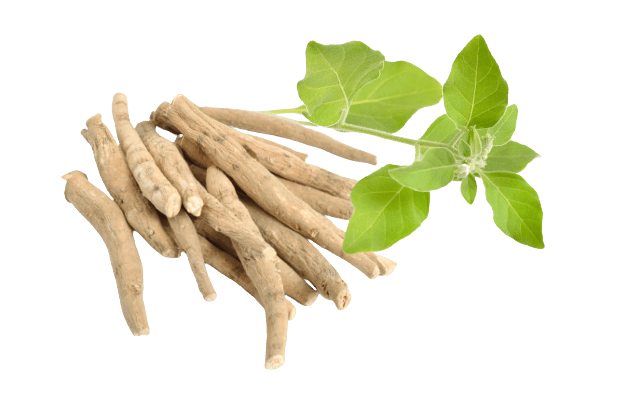
Generic & Brand Name Versions
- Garden Of Life Ashwagandha
- Goli Nutrition Ashwagandha Gummies
- Nootropics Depot Shoden
- Toniiq Ashwagandha
- Tribe Organic Ashwagandha
What Are the Side Effects of Ashwagandha (KSM-66)?
- Diarrhea
- Dry mouth
- Hypoglycemia
- Nausea
- Stomach upset
- Vomiting
It is contraindicated for use in pregnancy as its effects on the mother and fetus may be objectionable.
What is Kratom?
Kratom, also called Mitragyna speciosa, is a plant native to Southeast Asia and contains many alkaloids, including mitragynine and 7-hydroxymitragynine. The latter has effects similar to that of morphine.
It’s been a staple in its’ homeland for centuries but only recently made its way west. Since it has to travel so far, the plant leaves are ground into powder. This makes it easy to prepare as tea or put into capsules, though there are other ways to use it.
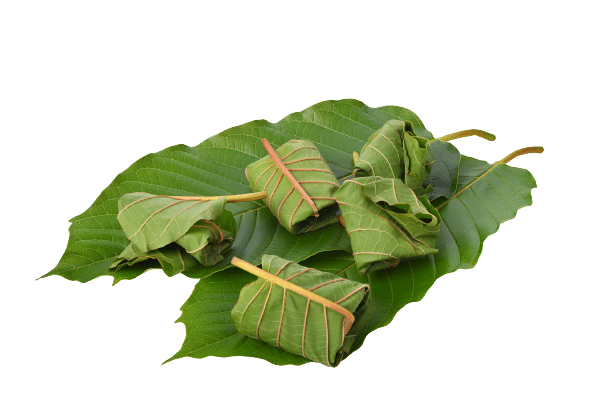
What’s Kratom Used For?
Although the research is limited, kratom has many benefits because of its alkaloids. Still, studies so far agree with anecdotal reports.
Kratom’s uses fluctuate depending on the amount and strain used (more on that further down) but can help with the following:
What Is the Dose of Kratom?
As we mentioned, dose plays a significant role in how kratom affects you. It’s easy to think more is better, but that’s not the case.
If you’re using kratom for energy, concentration, or mood, use smaller doses (around 2-5 g). Larger amounts (6-12 g) are for pain and insomnia. It’s easy to see how problematic it could be if you need energy and take too much — you’ll end up lethargic instead. Use the kratom dosing guide if you need further guidance.
Start with a small amount to see how it affects you, then increase it next time if you don’t get the desired results.
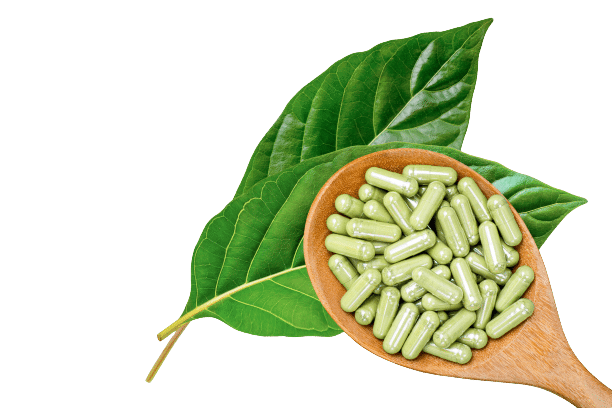
What Are the Side Effects of Kratom?
Kratom is relatively safe and has minimal side effects, but some are to be aware of.
These are more likely to occur with larger doses and constant use, so if you start to experience any side effects, cut back on the amount or take a break.
- Anxiety
- Depression
- Constipation
- Drowsiness
- Dry mouth
- Frequent urination
- Insomnia
- Irritability
- Itching
- Liver damage
- Loss of appetite
- Nausea
- Vomiting
- Addiction and withdrawal
What Are the Different Types of Kratom?
While dose might make the most impact on how you feel, the strain also comes into play. Here’s a look at each group so you know what to buy based on your needs.

A) White Vein Kratom
White strains are used for their energy-boosting properties and can even increase concentration levels and help with depression. While all kratom offers pain relief, white veins are less potent. The vein color is caused by harvesting the plant leaves early. Kratom starts with white veins that turn green before turning red. The leaf’s alkaloid content changes as they mature.

B) Red Vein Kratom
Red strains are used to help with pain, anxiety, and insomnia. These leaves are harvested at the peak of maturity and offer powerful pain-relieving effects. They’re extremely useful in treating chronic pain and stress relief.

C) Green Vein Kratom
Green vein kratom is picked in the middle of the plant’s life cycle. They have a perfect balance of effects between their red and white counterparts. It is very popular among newcomers. This strain is also suitable for folks who want an invigorating strain that can help with minor pain. It has stimulating and sedative actions too.

D) Yellow Vein Kratom
Yellow strains are a product of a distinct drying procedure. The effects are smoother and more calming.

Key Takeaways: Is it Safe to Mix Kratom & Ashwagandha?
Kratom and ashwagandha can have a mild interaction. Because both medicines are effective as anxiolytics, their interaction is called agonistic. As a result, combining them in small amounts may better treat anxiety.
However, ashwagandha can hasten kratom’s metabolism in the body, causing it to be less effective.
Also, long-term medicine or excessive doses might exacerbate this combination, resulting in sedation-like effects that can be harmful.
Hence, do not take these medications without consulting your physician first.
- Salve, J., Pate, S., Debnath, K., & Langade, D. (2019). Adaptogenic and anxiolytic effects of the ashwagandha root extract in healthy adults: a double-blind, randomized, placebo-controlled clinical study. Cureus, 11(12).
- Johnson, L. E., Balyan, L., Magdalany, A., Saeed, F., Salinas, R., Wallace, S., … & Grundmann, O. (2020). Focus: Plant-based Medicine and Pharmacology: The Potential for Kratom as an Antidepressant and Antipsychotic. The Yale Journal of Biology and Medicine, 93(2), 283.
- Kumar, S., Bouic, P. J., & Rosenkranz, B. (2021). Investigation of CYP2B6, 3A4, and β-esterase interactions of Withania somnifera (L.) dunal in human liver microsomes and HepG2 cells. Journal of Ethnopharmacology, 270, 113766.
- Lopresti, A. L., Smith, S. J., Malvi, H., & Kodgule, R. (2019). An investigation into the stress-relieving and pharmacological actions of an ashwagandha (Withania somnifera) extract A randomized, double-blind, placebo-controlled study. Medicine, 98(37).
- Pérez-Gómez, J., Villafaina, S., Adsuar, J. C., Merellano-Navarro, E., & Collado-Mateo, D. (2020). Effects of Ashwagandha (Withania somnifera) on VO2max: a systematic review and meta-analysis. Nutrients, 12(4), 1119.
- Speers, A. B., Cabey, K. A., Soumyanath, A., & Wright, K. M. (2021). Effects of Withania somnifera (Ashwagandha) on Stress and the Stress-Related Neuropsychiatric Disorders Anxiety, Depression, and Insomnia. Current Neuropharmacology, 19(9), 1468-1495.
- Lopresti, A. L., Drummond, P. D., & Smith, S. J. (2019). A randomized, double-blind, placebo-controlled, crossover study examining the hormonal and vitality effects of ashwagandha (Withania somnifera) in aging, overweight males. American Journal of Men’s Health, 13(2), 1557988319835985.
- Kamble, S. H., Sharma, A., King, T. I., León, F., McCurdy, C. R., & Avery, B. A. (2019). Metabolite profiling and identification of enzymes responsible for the metabolism of mitragynine, the major alkaloid of Mitragyna speciosa (kratom). Xenobiotica, 49(11), 1279-1288.



